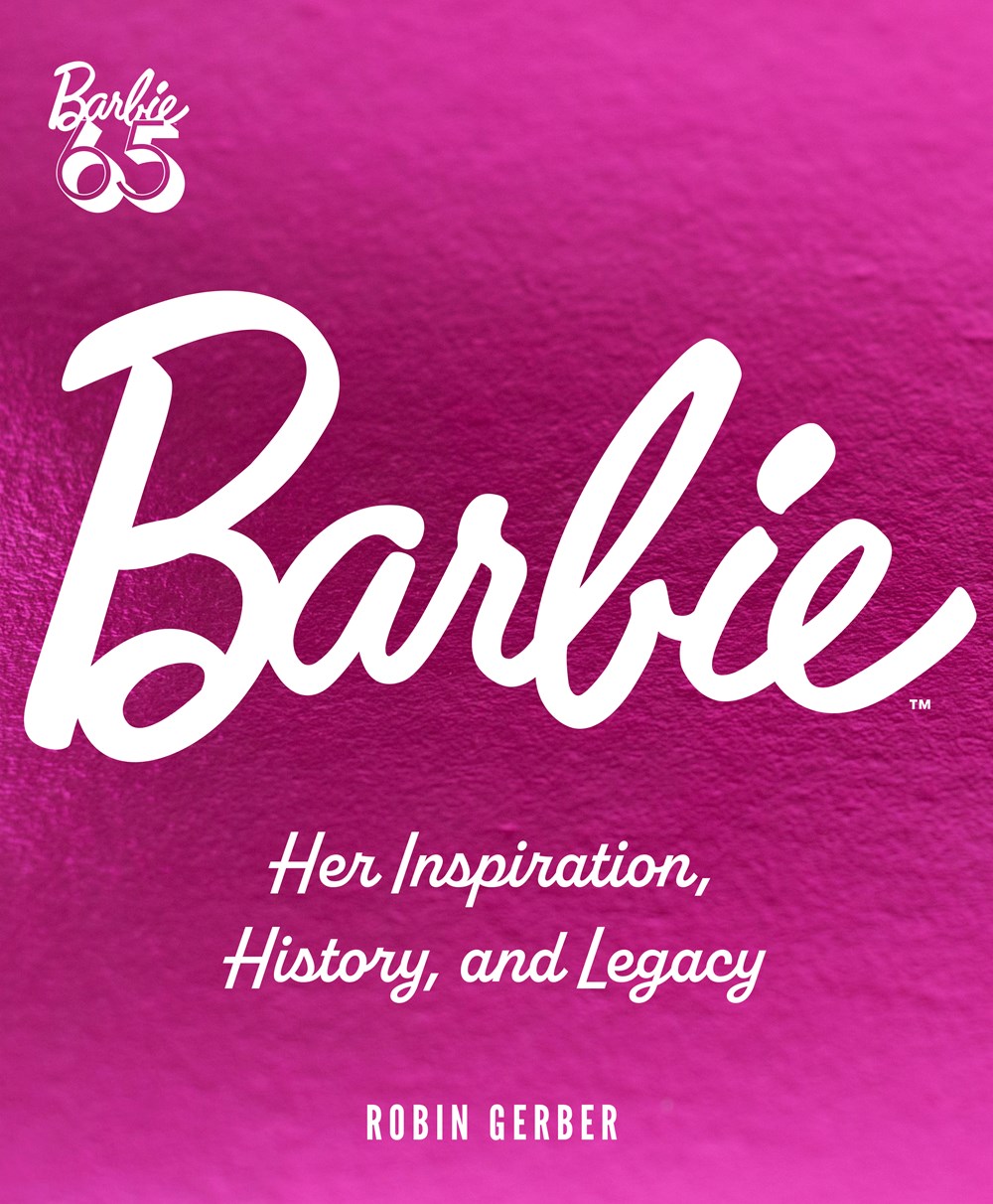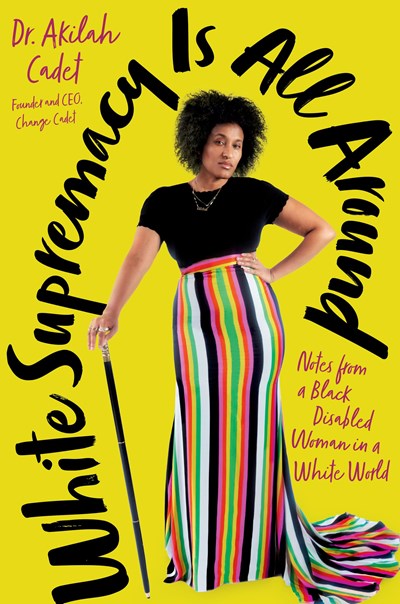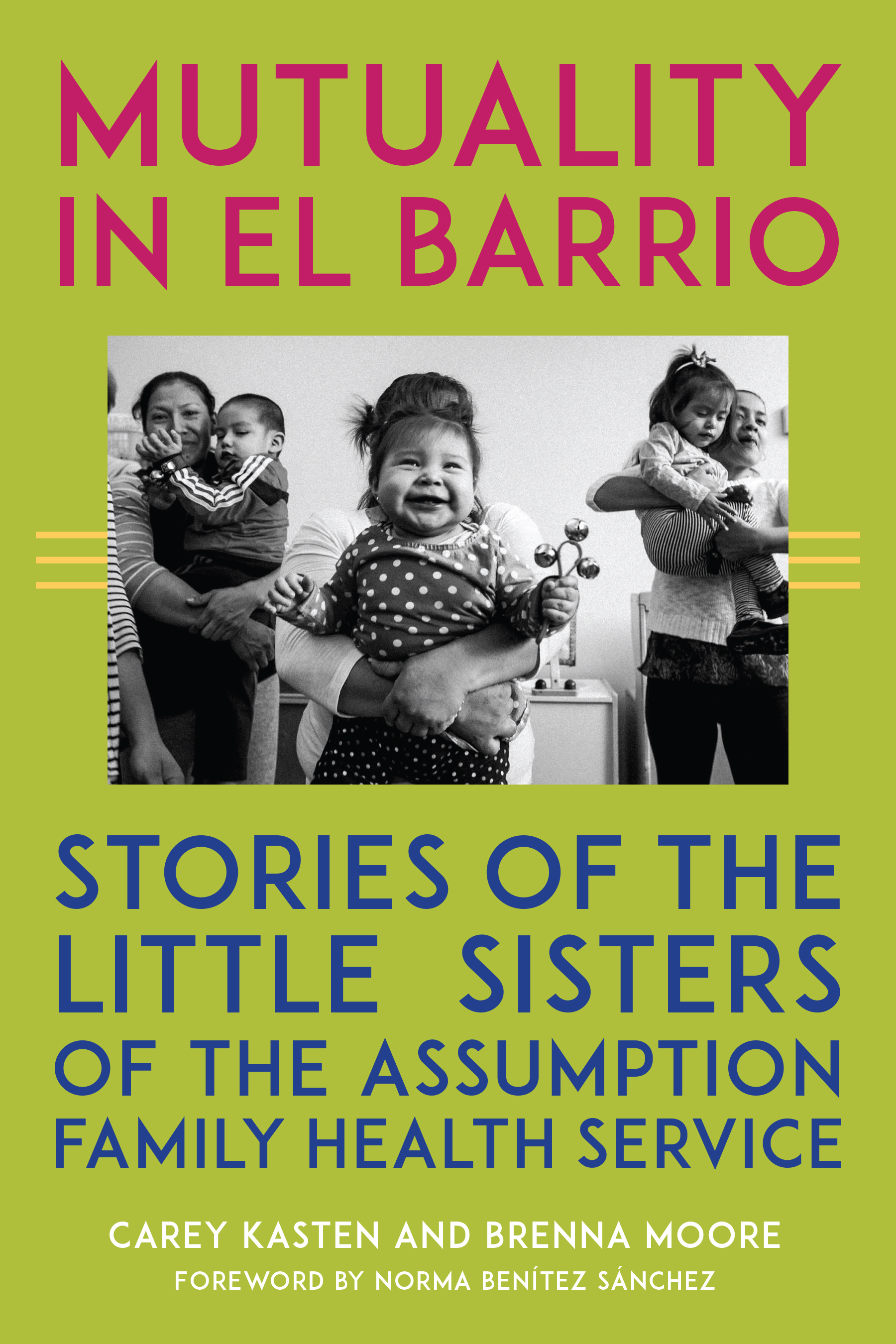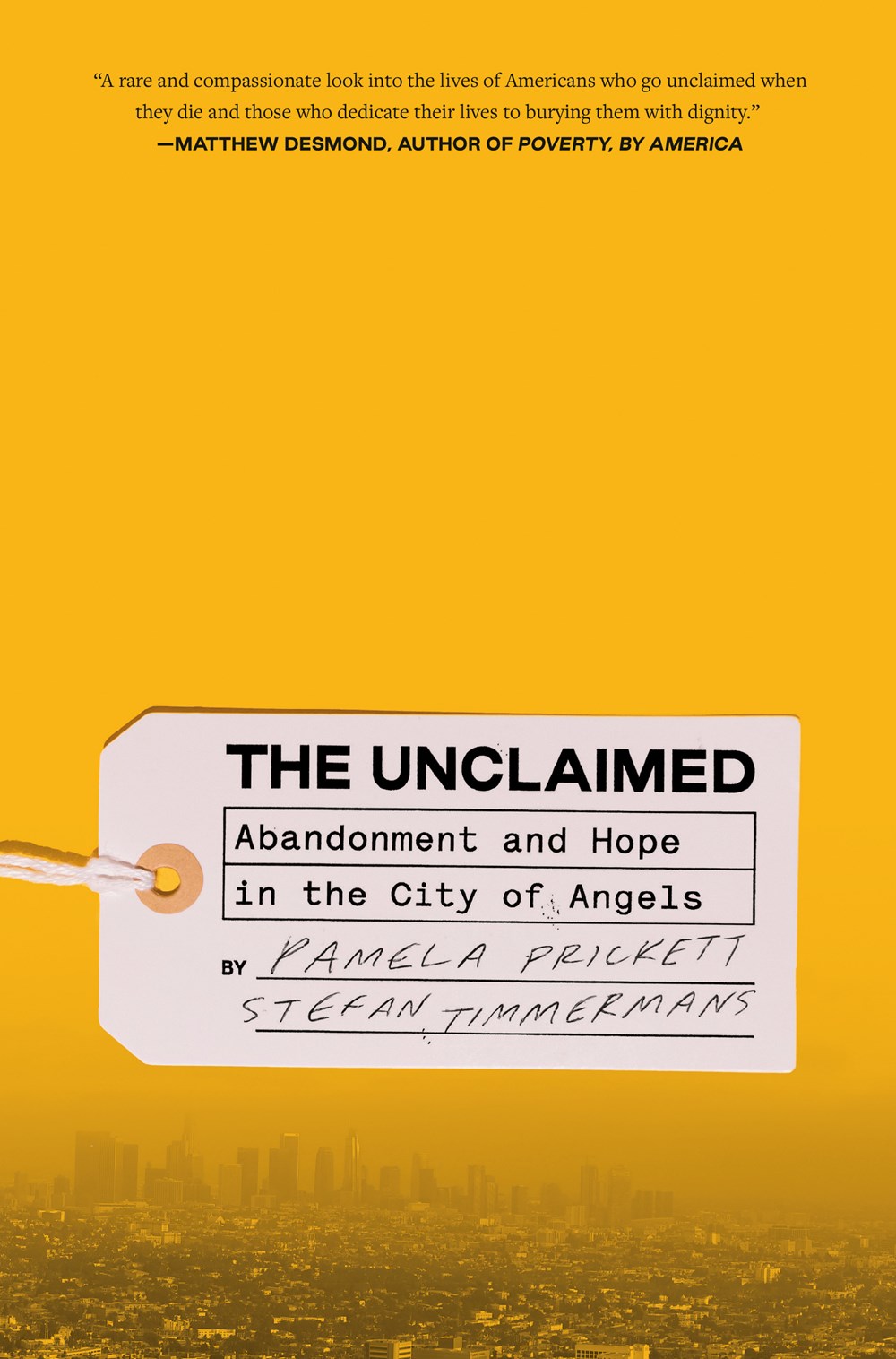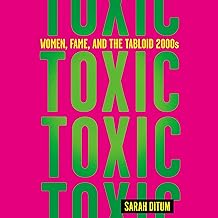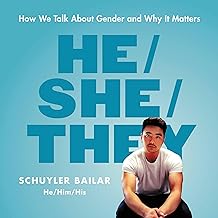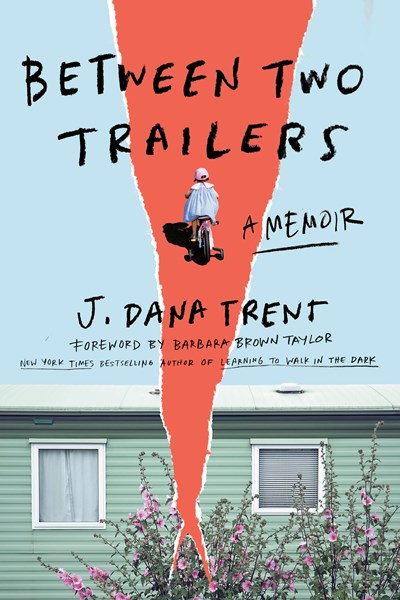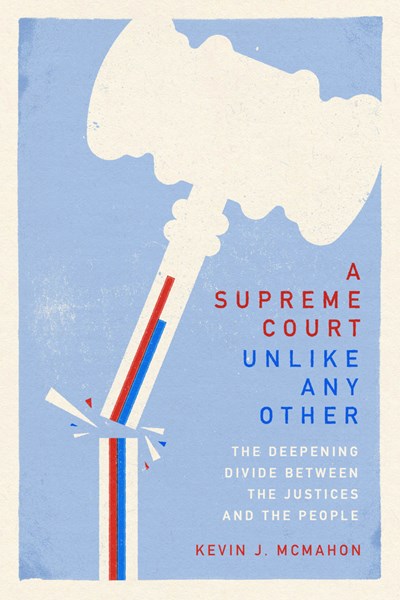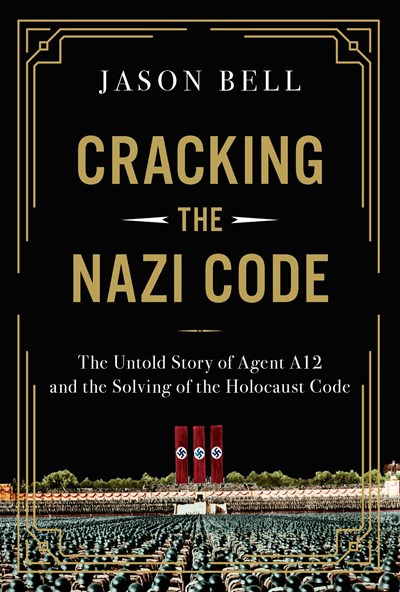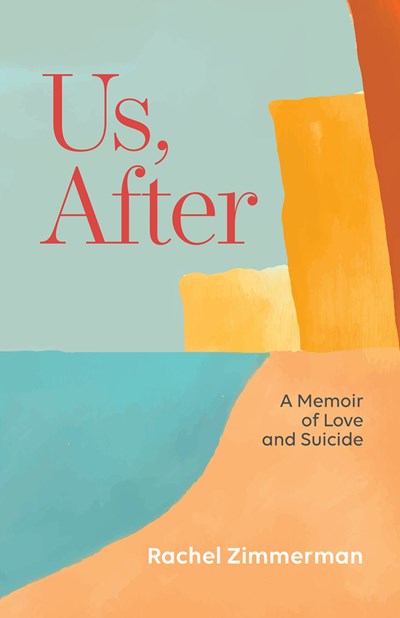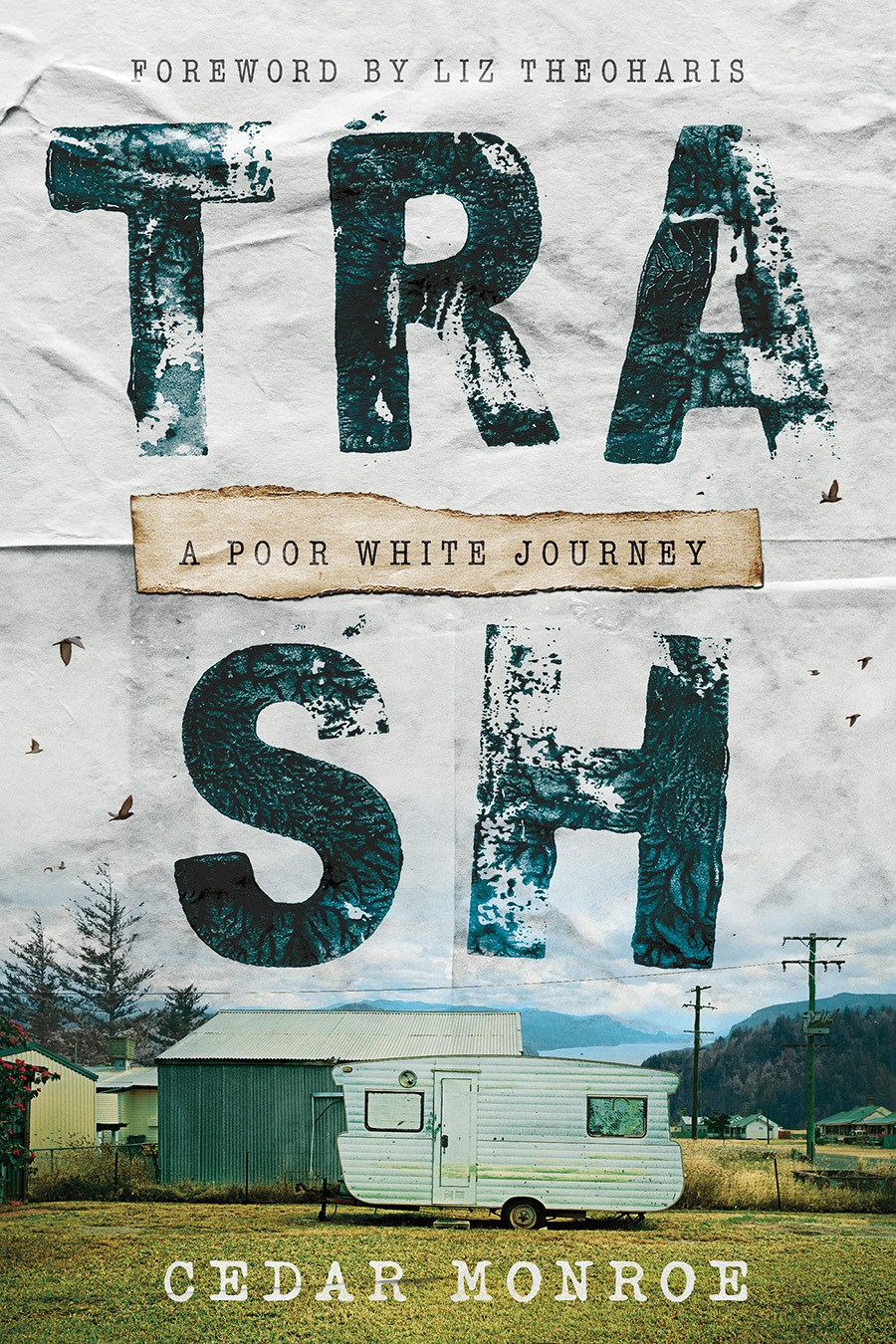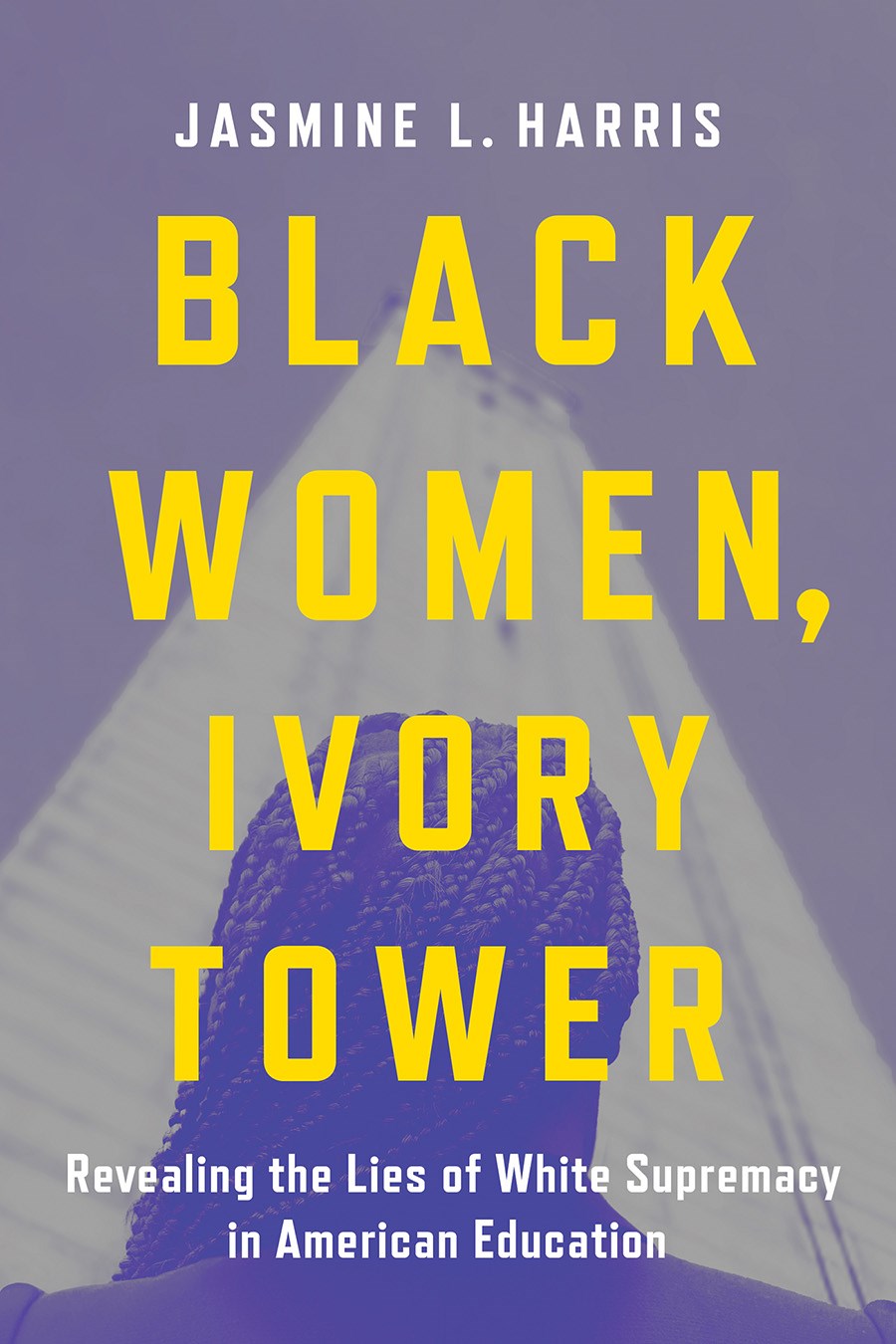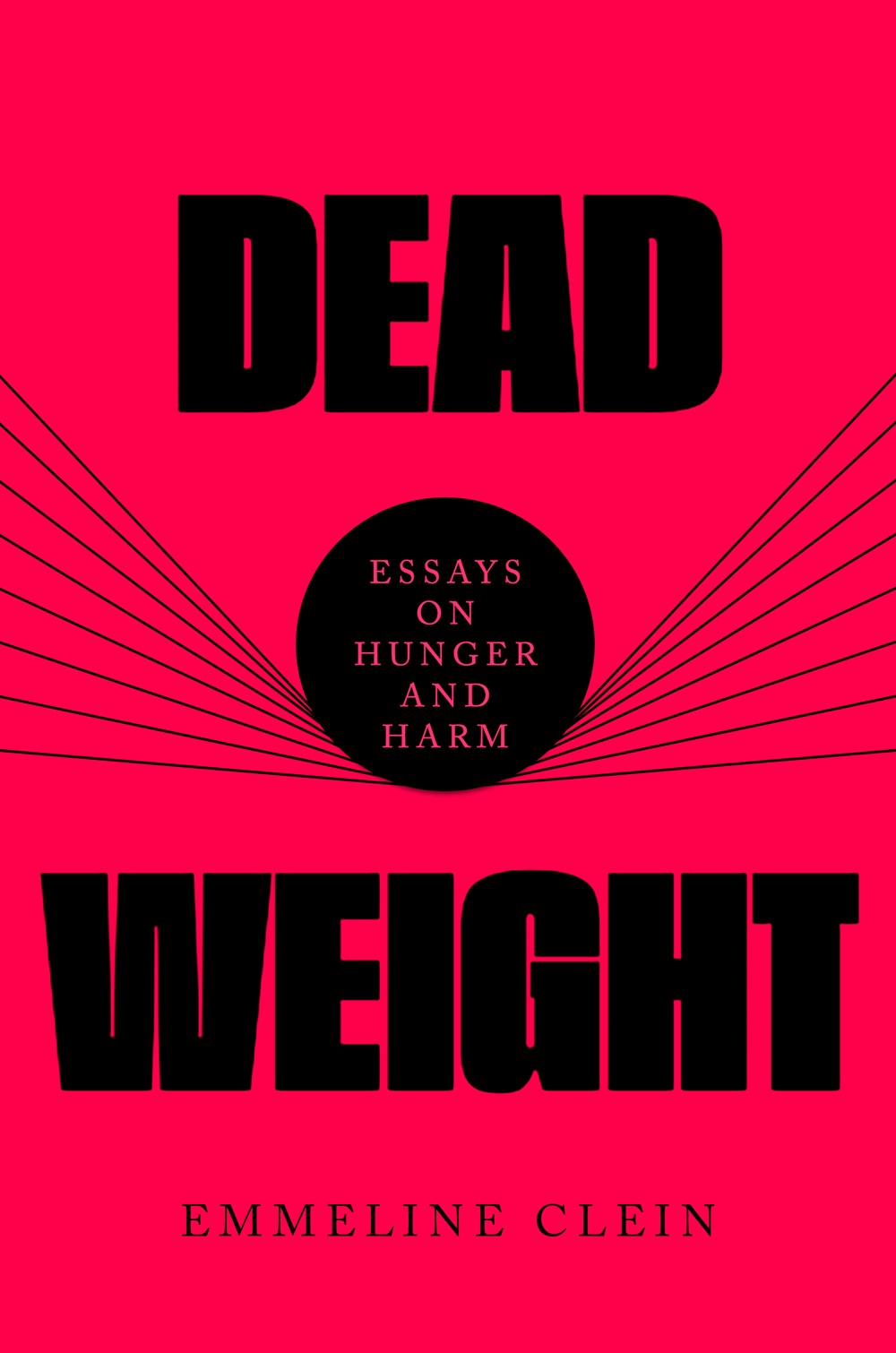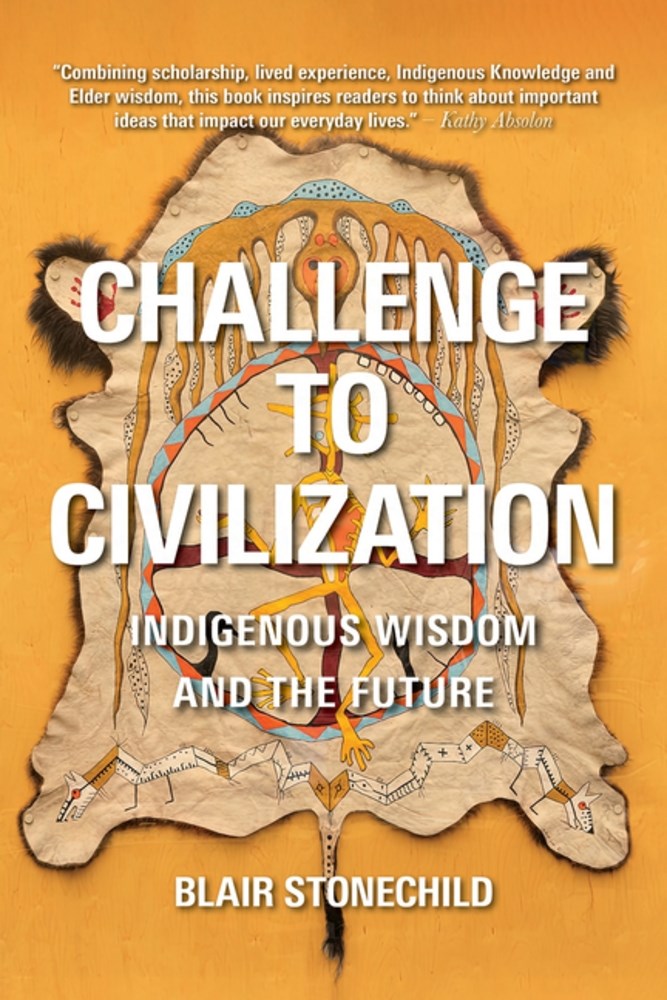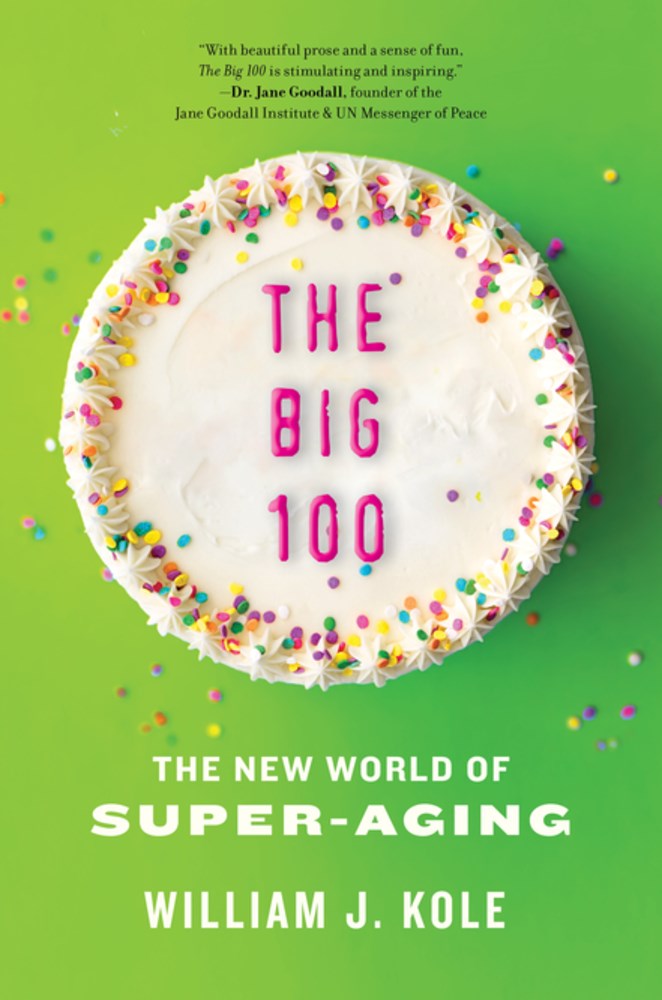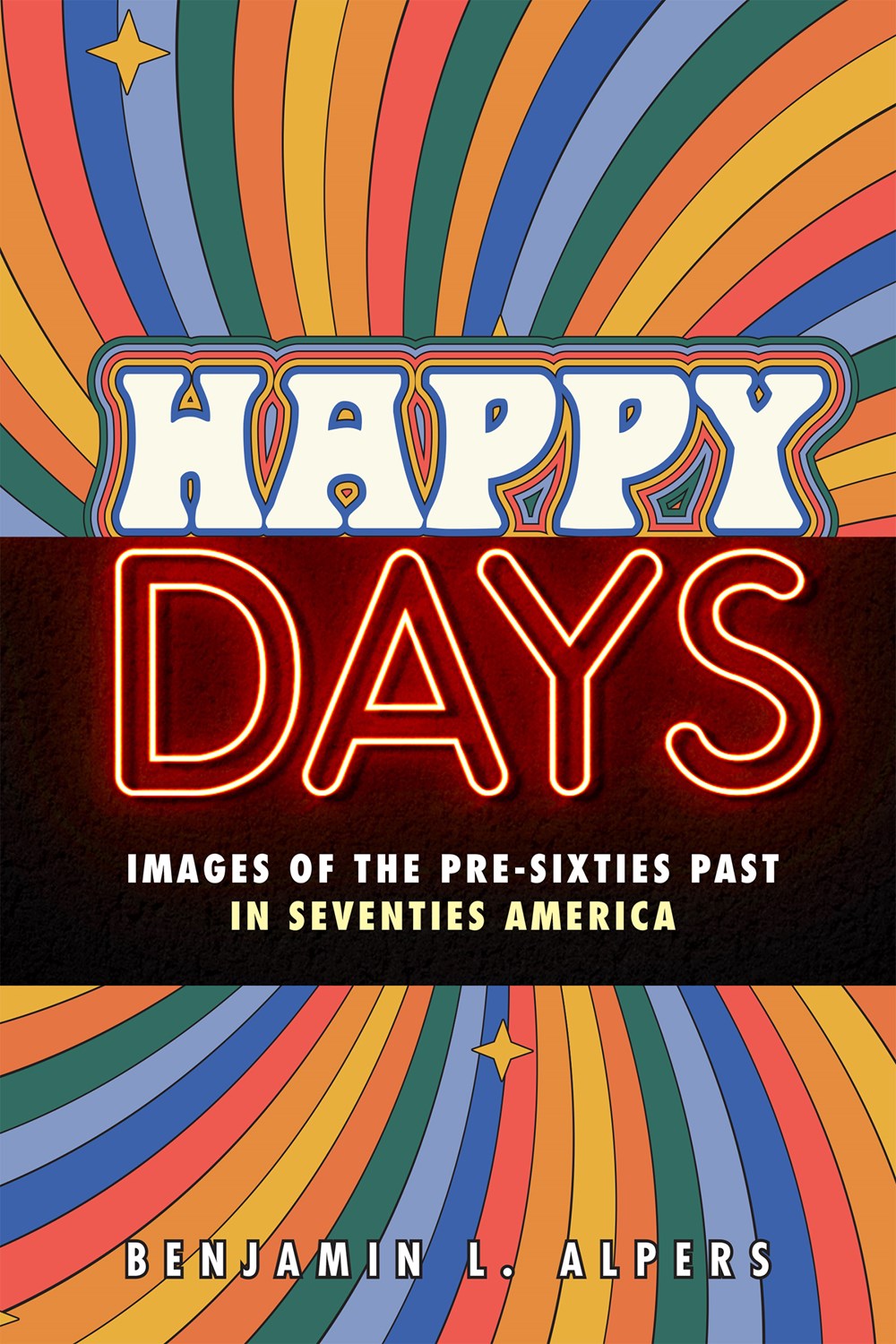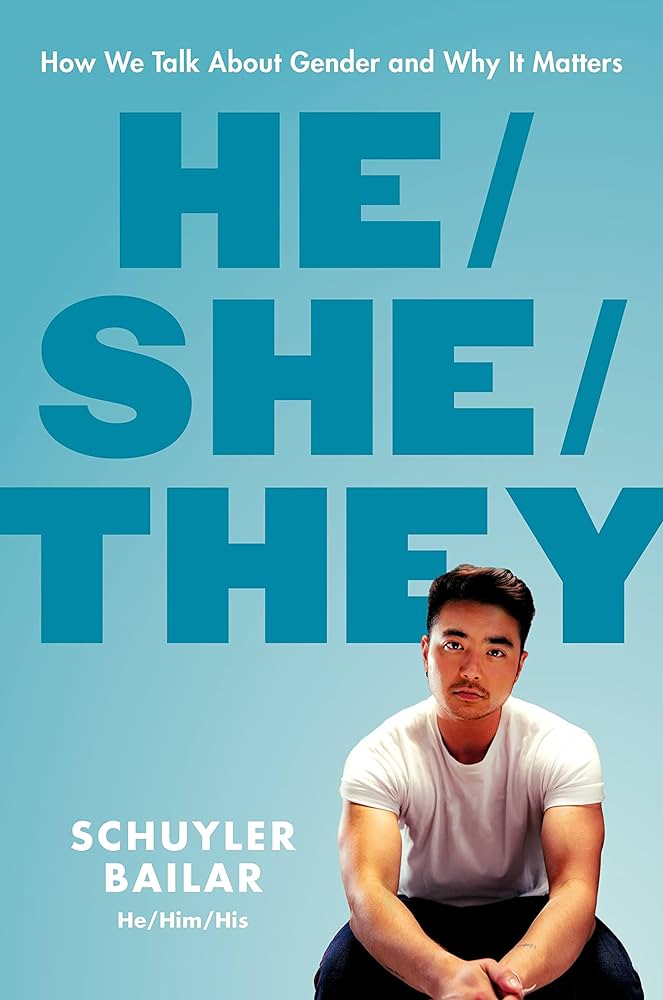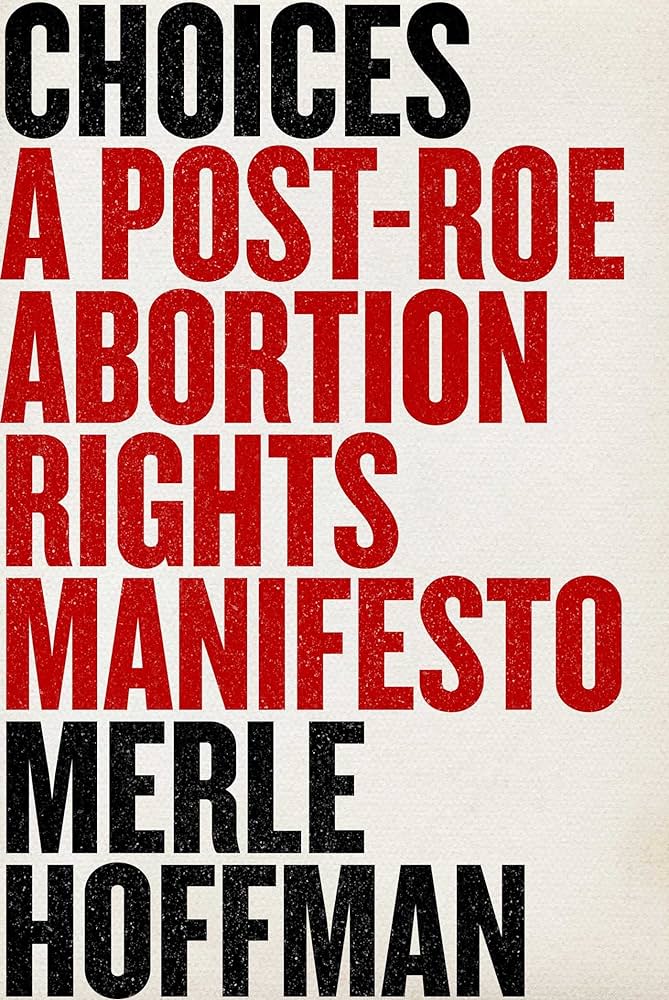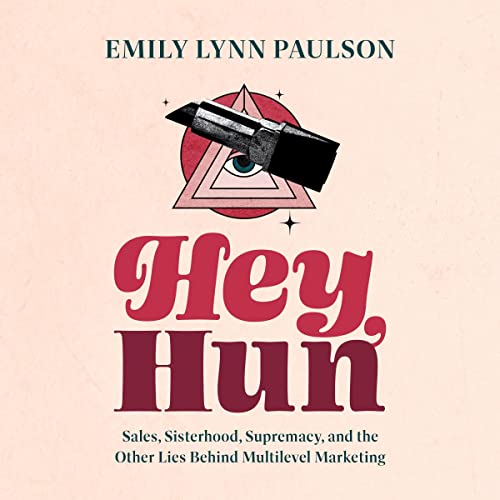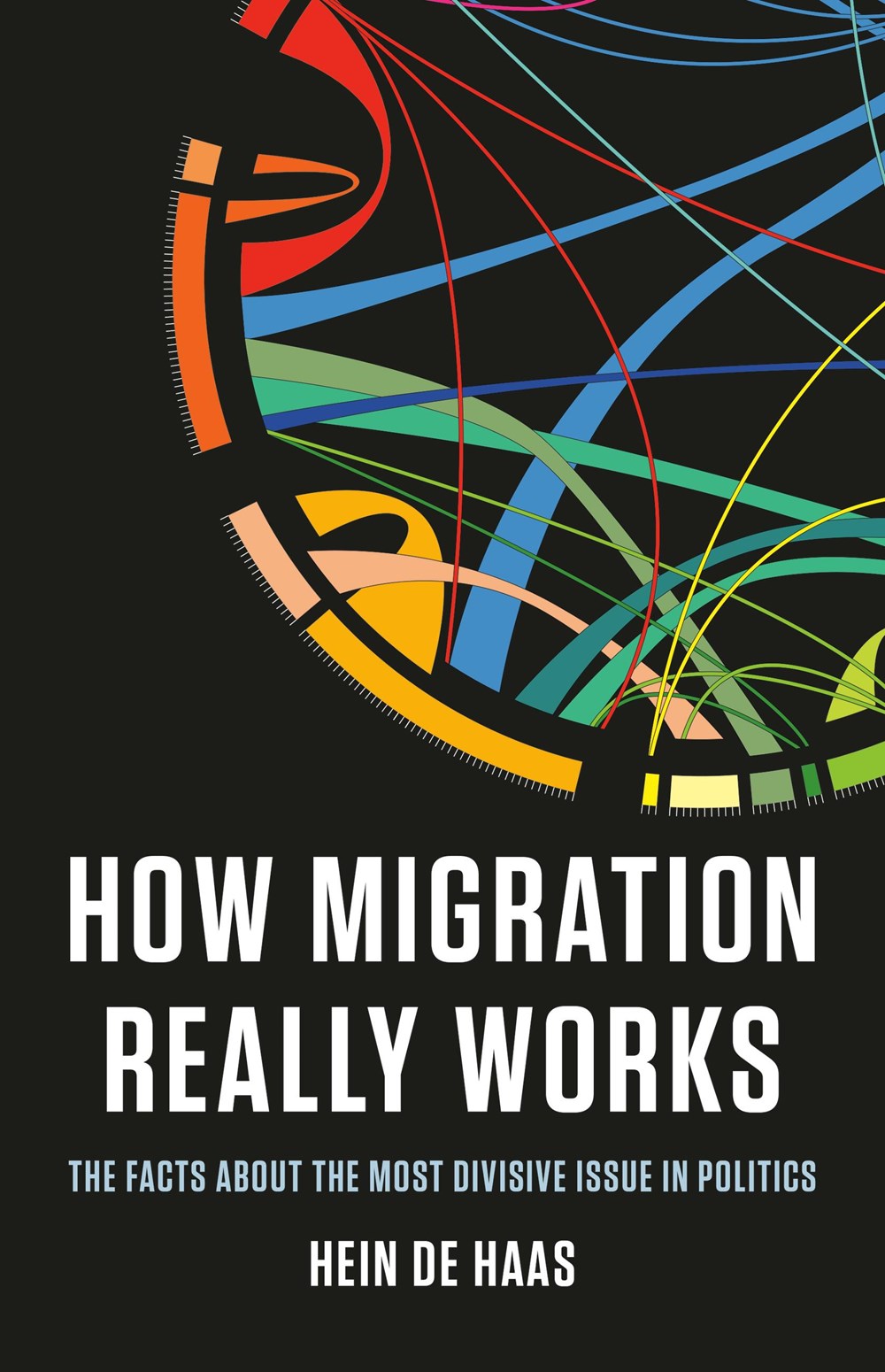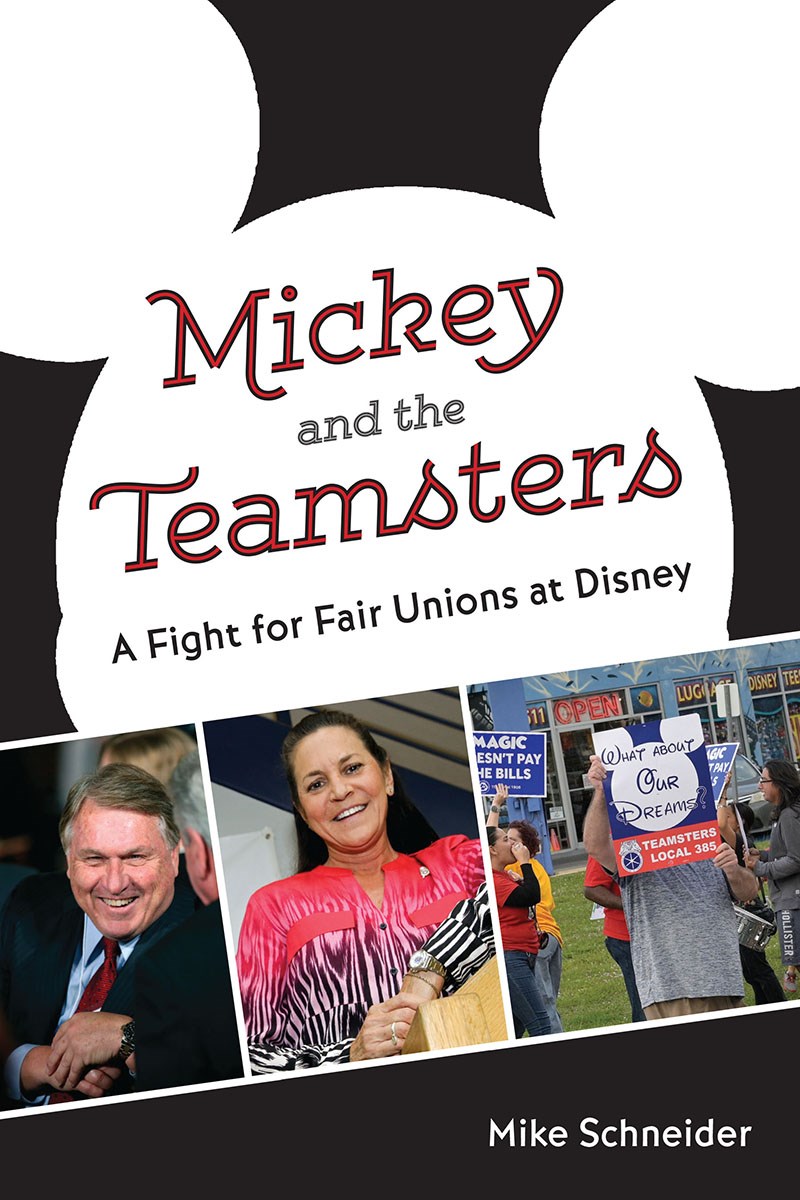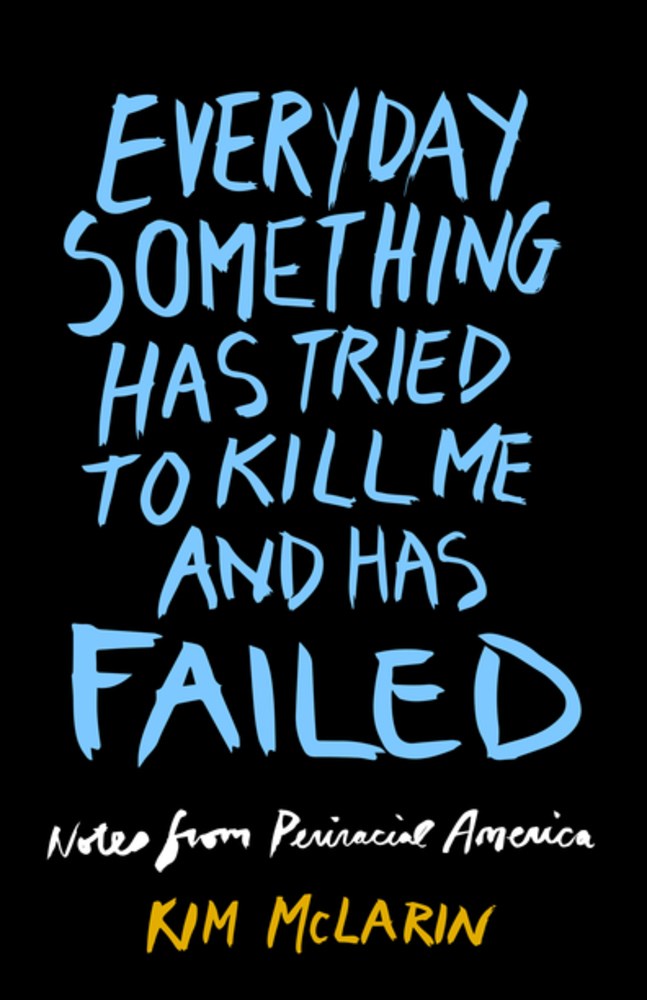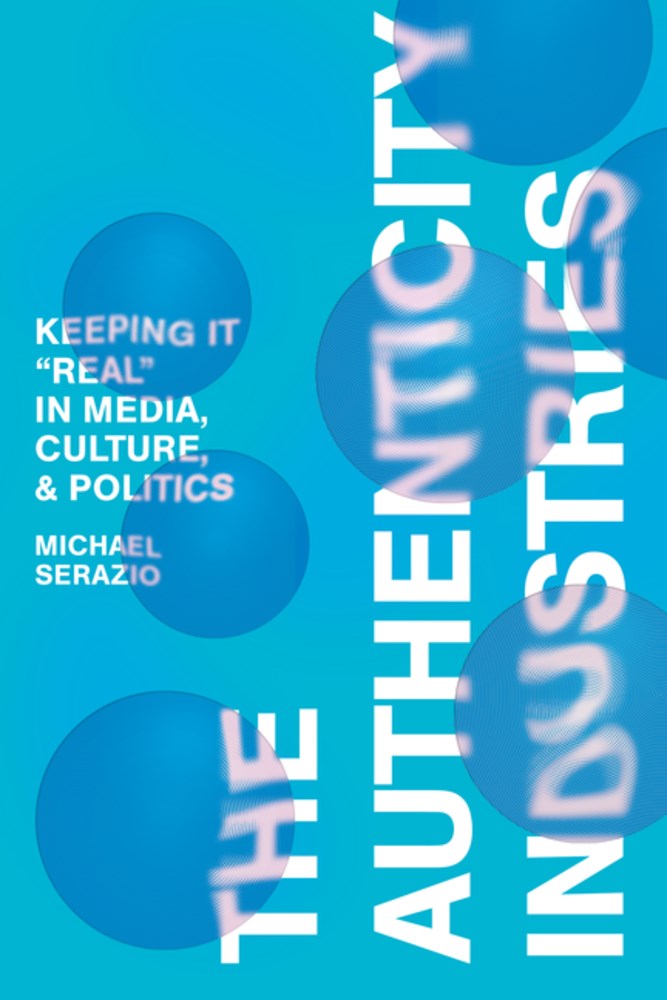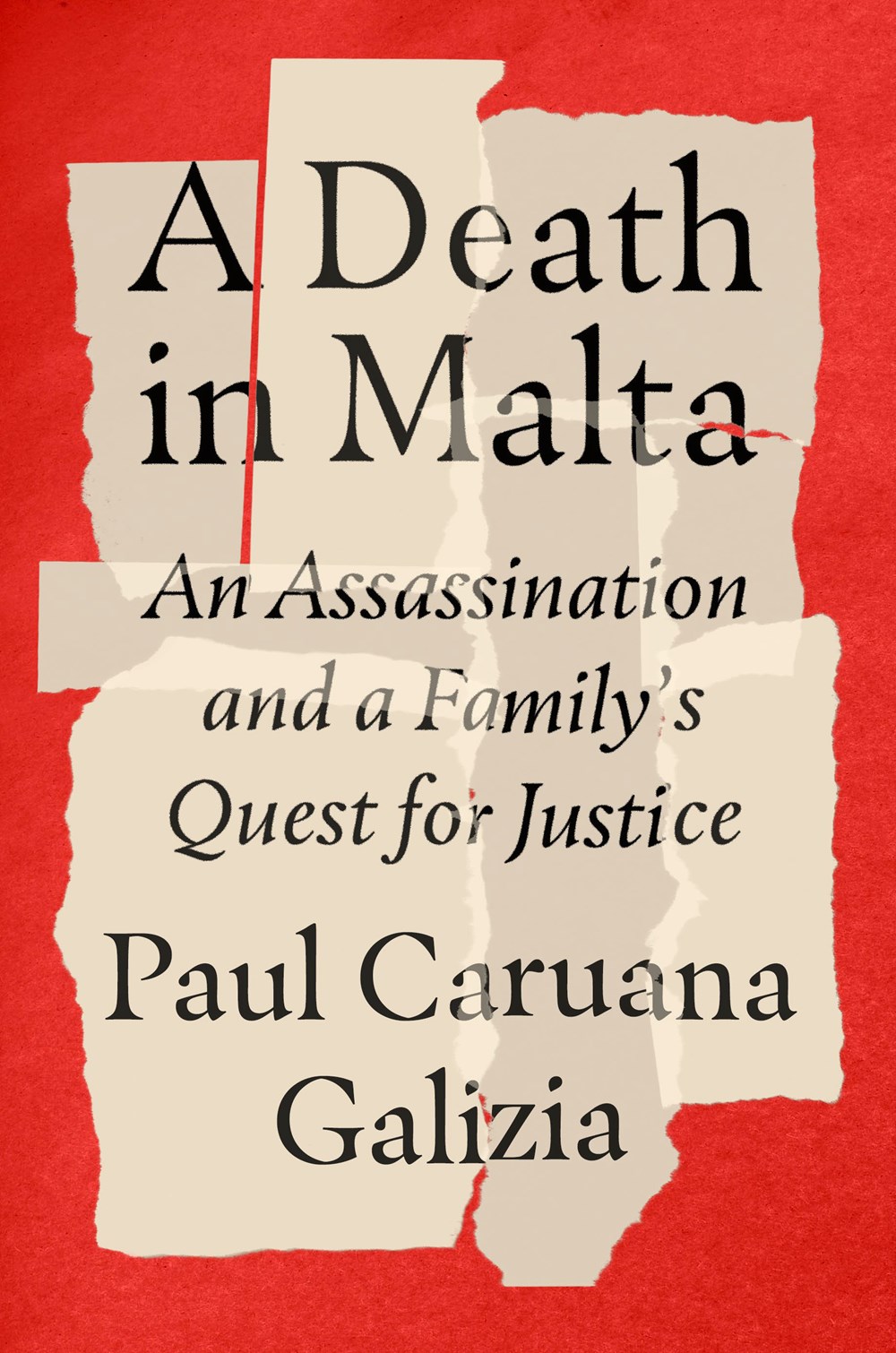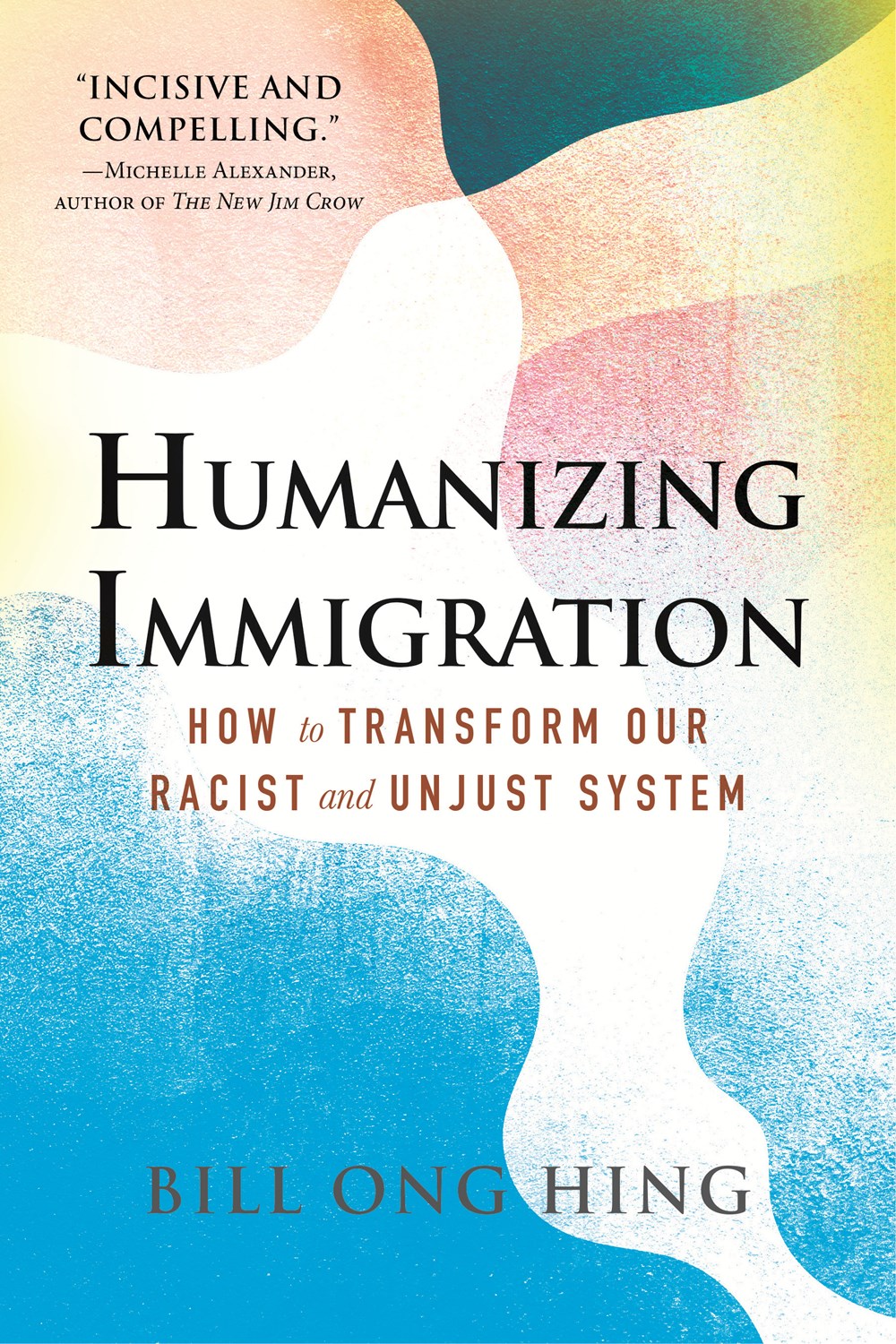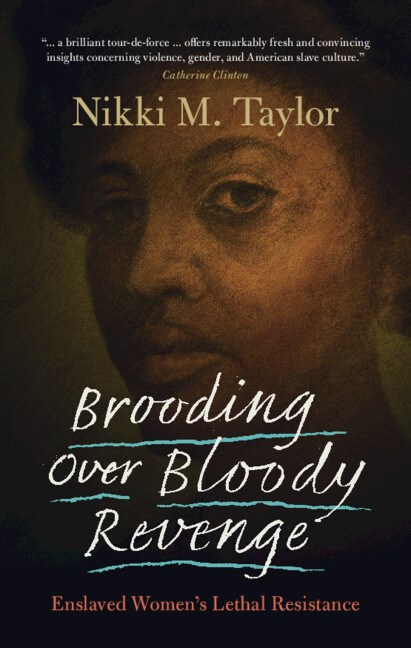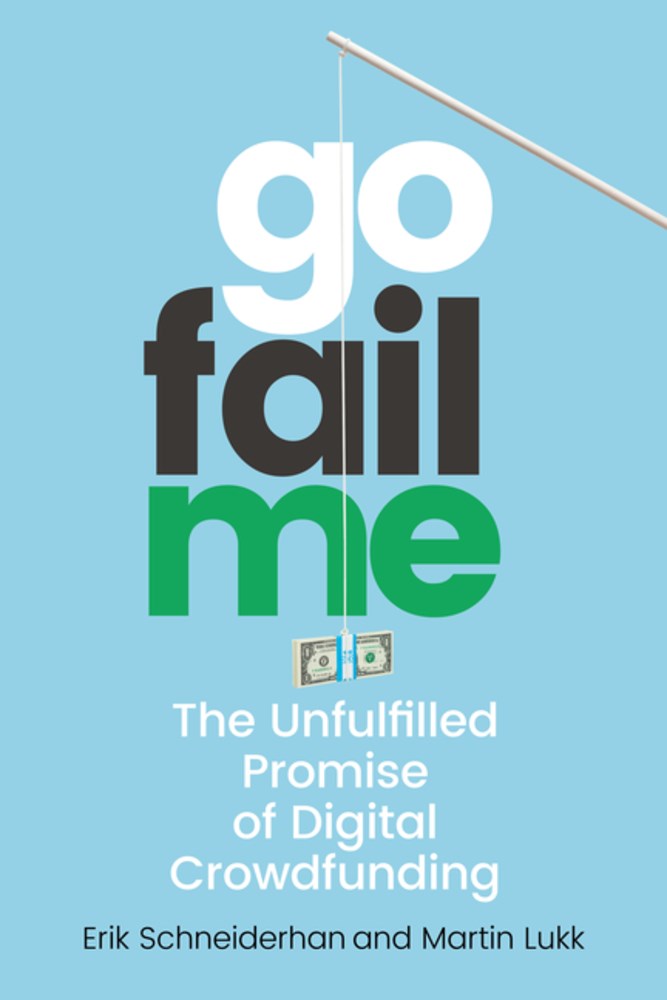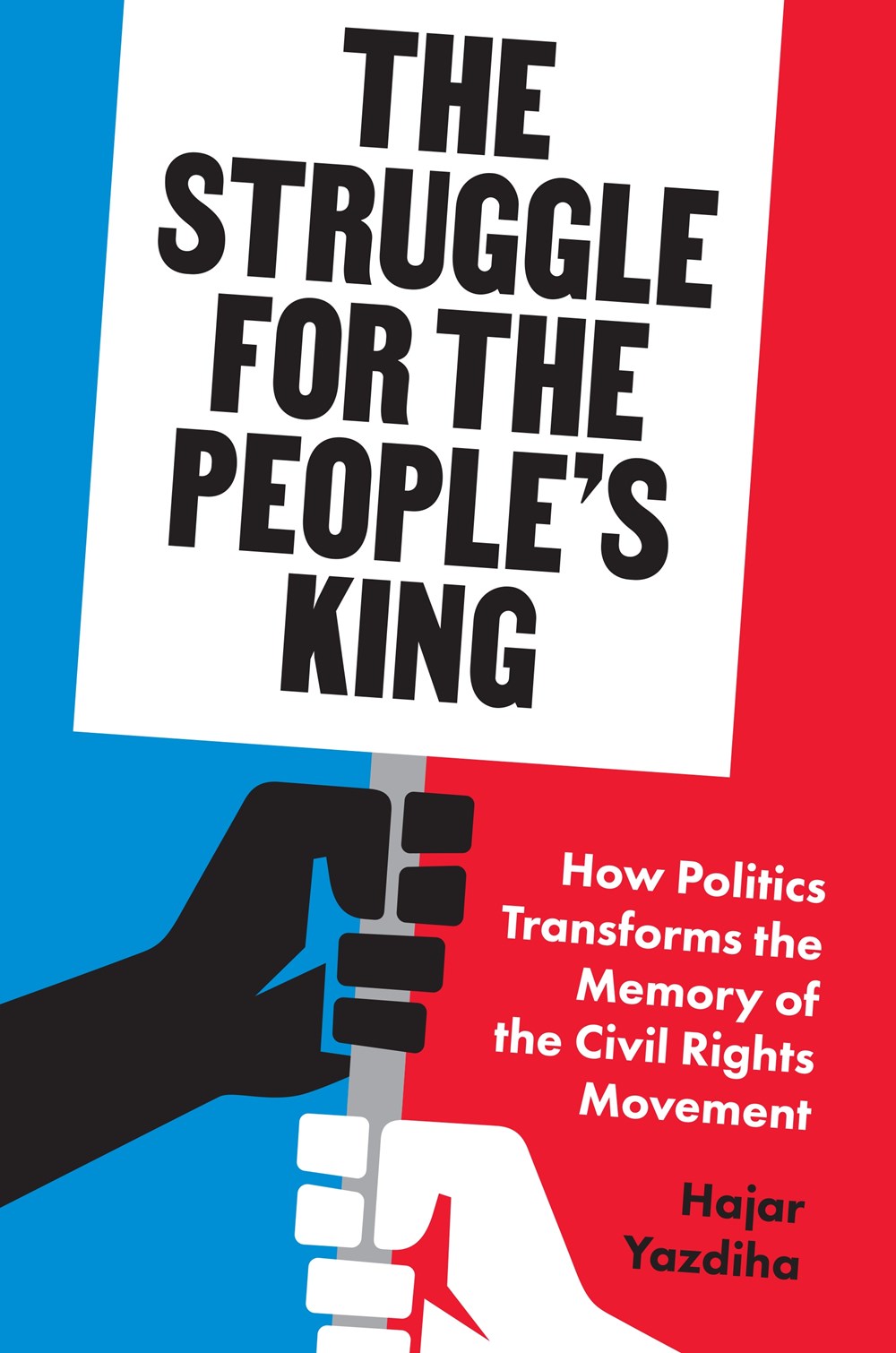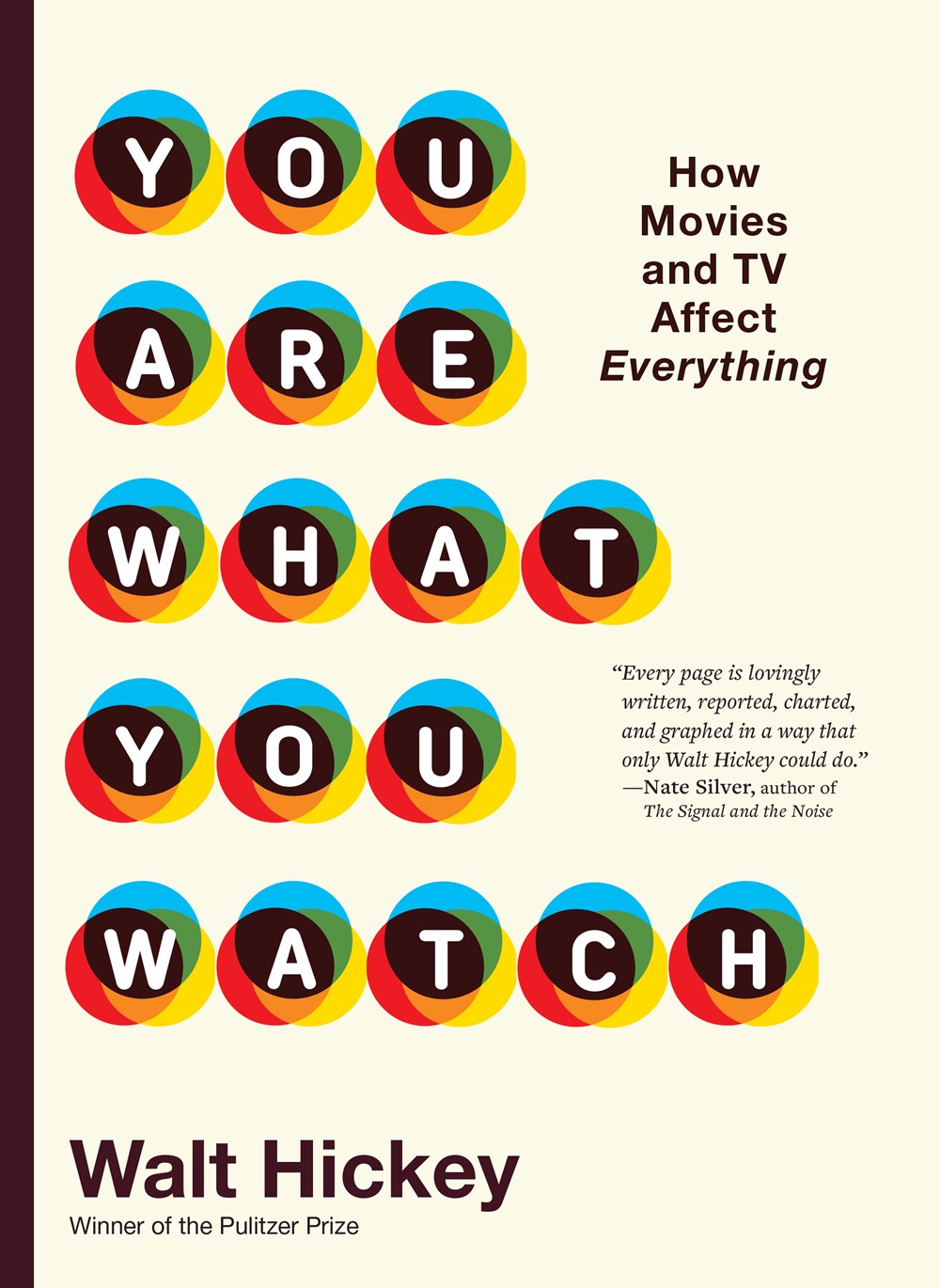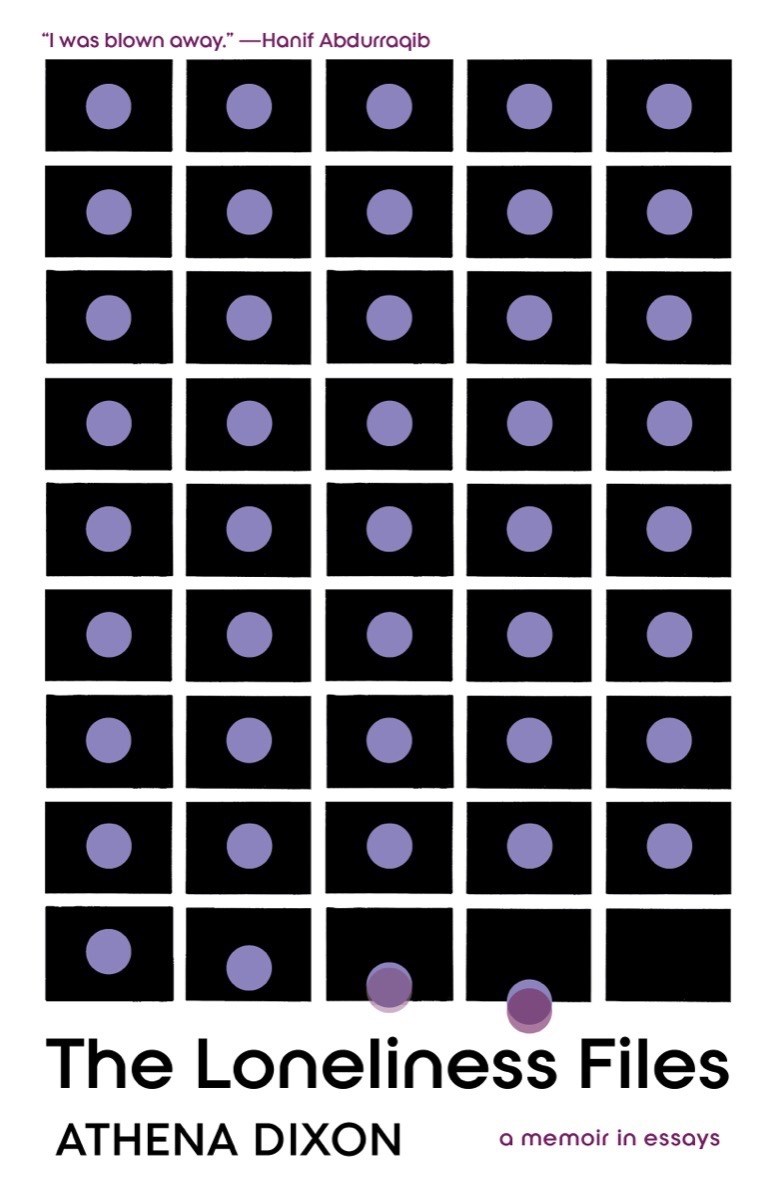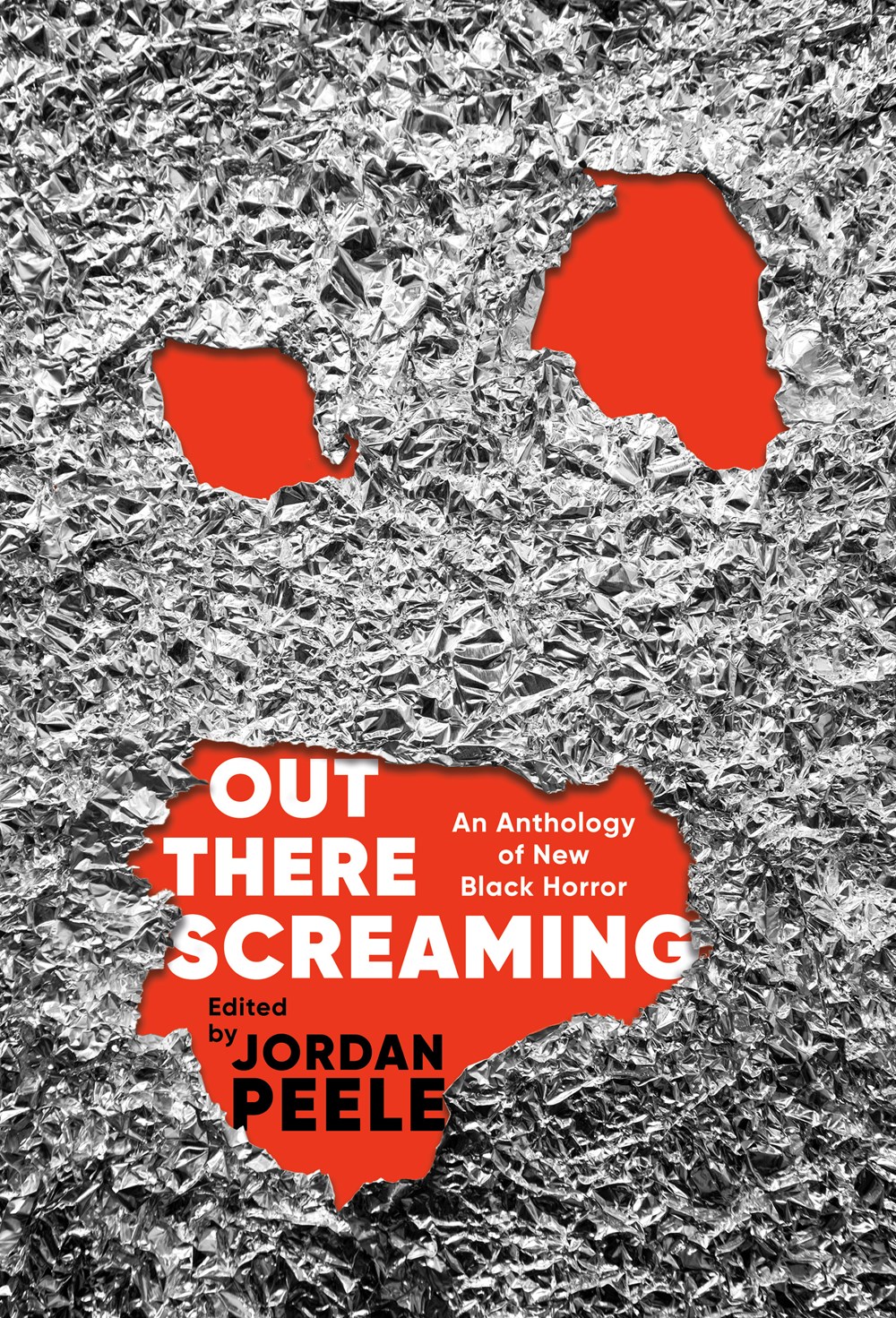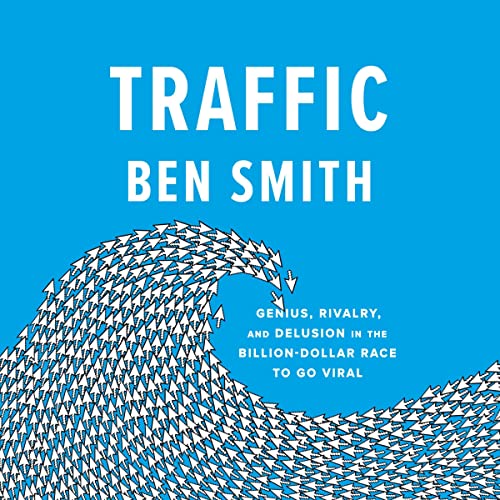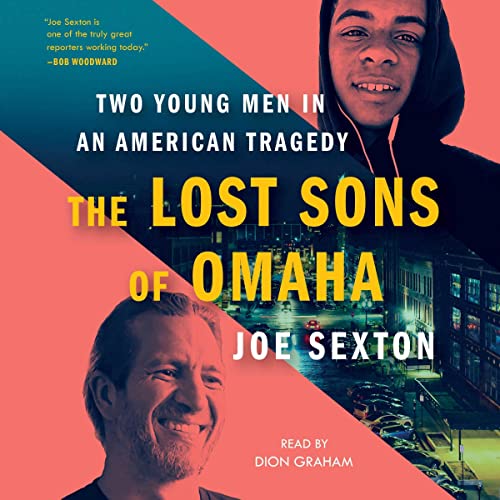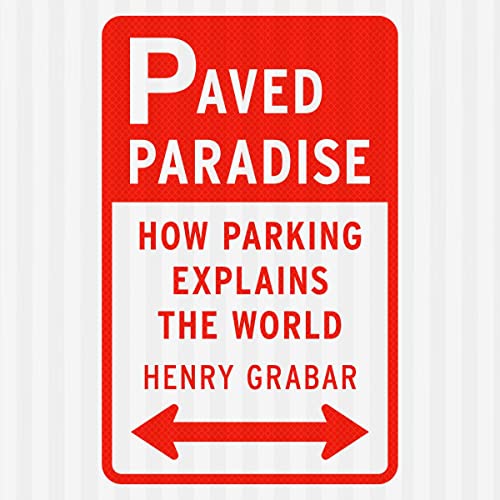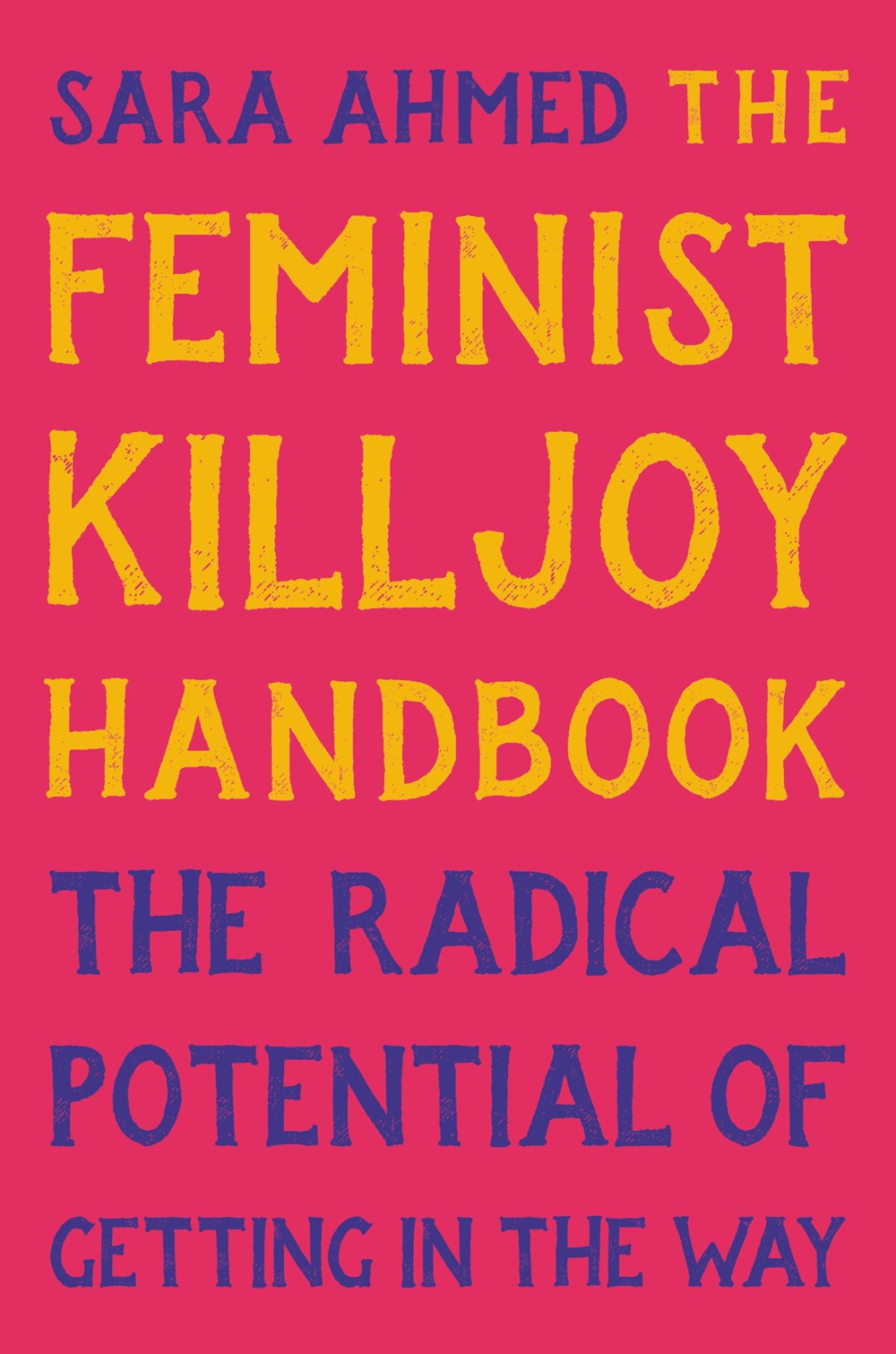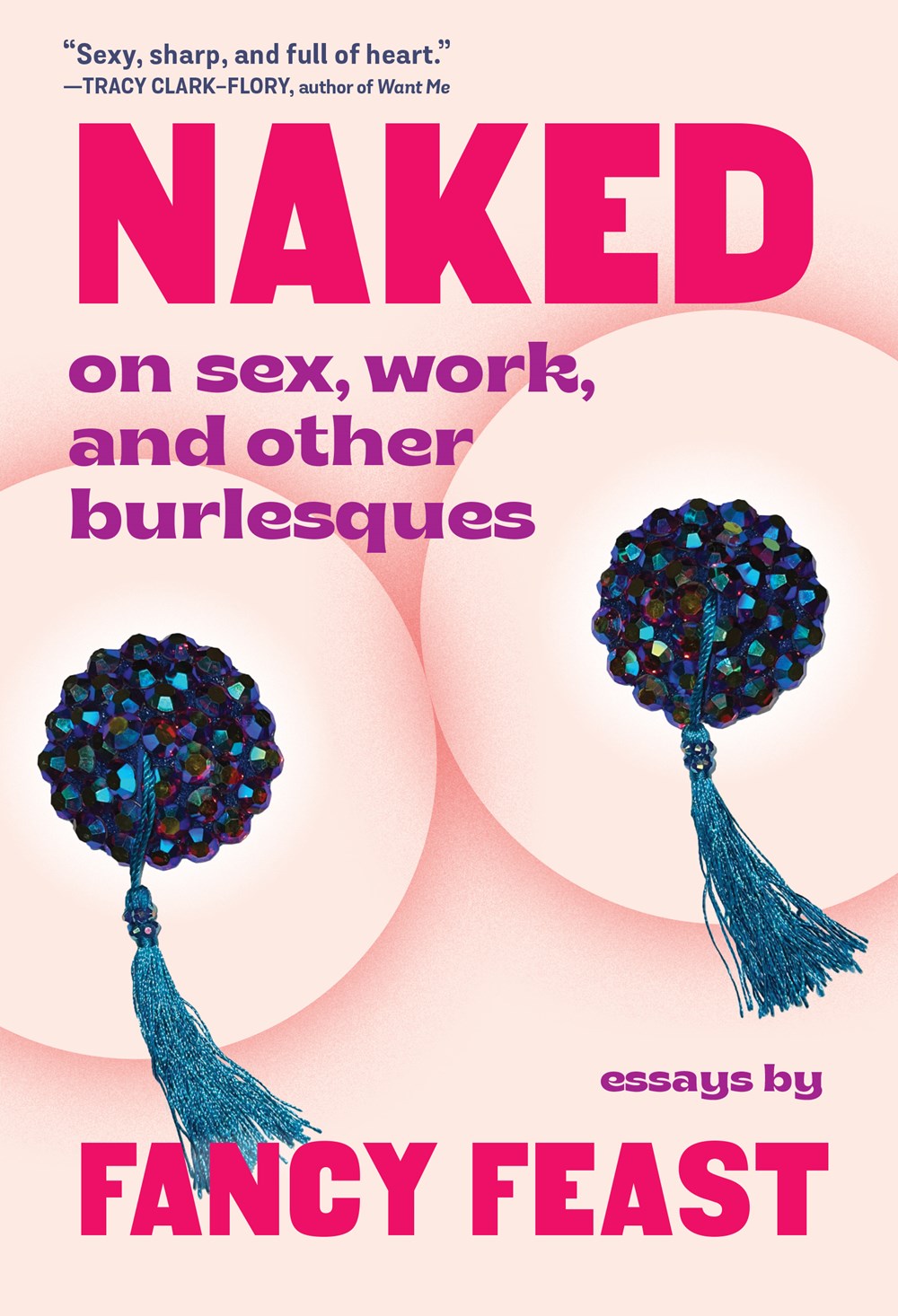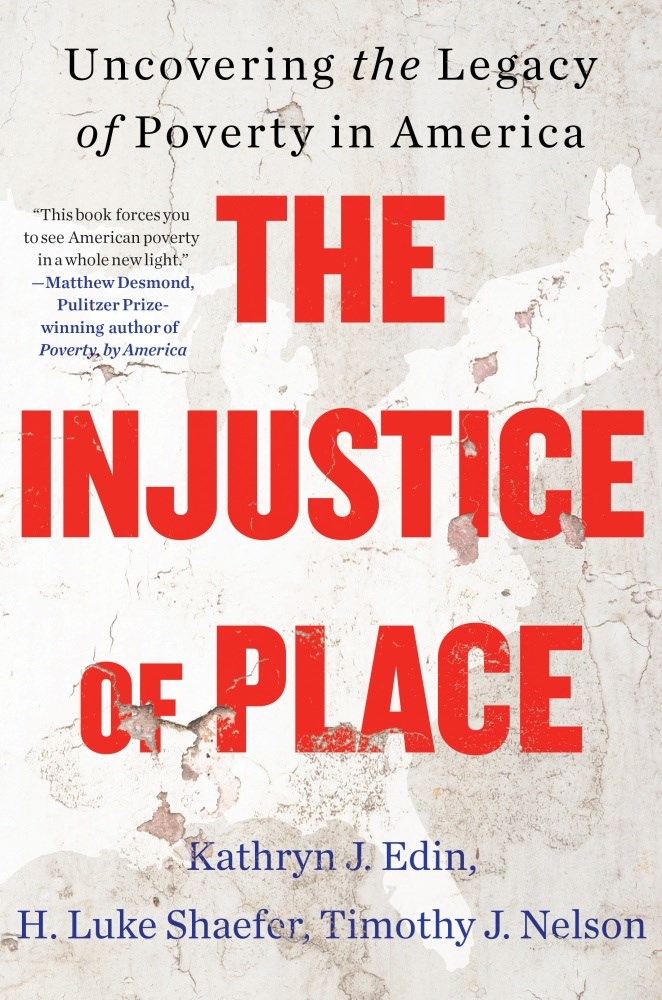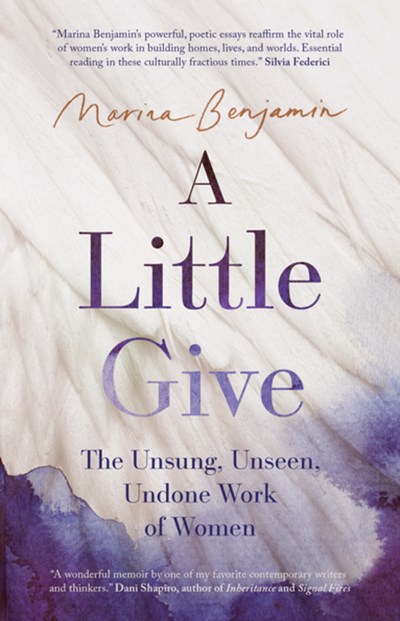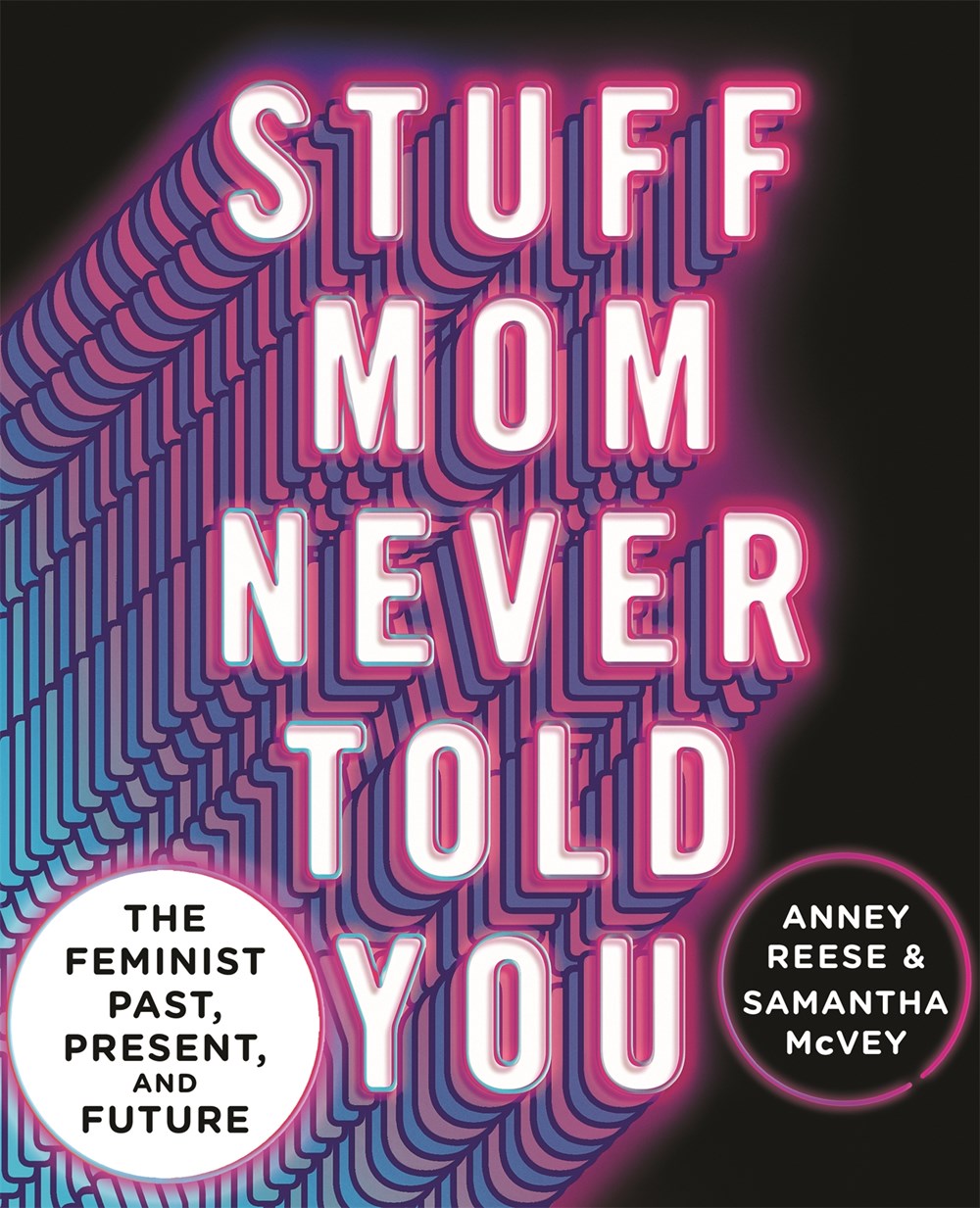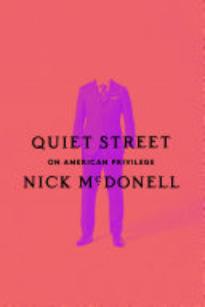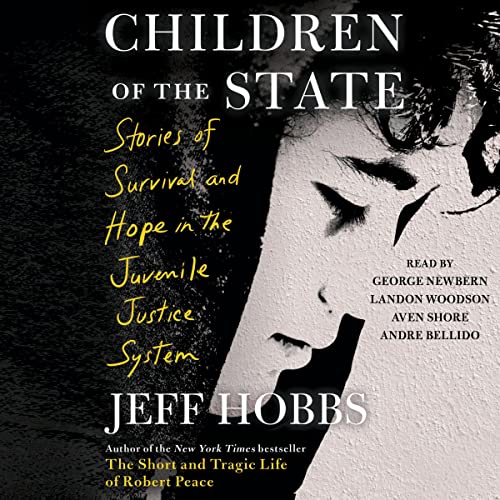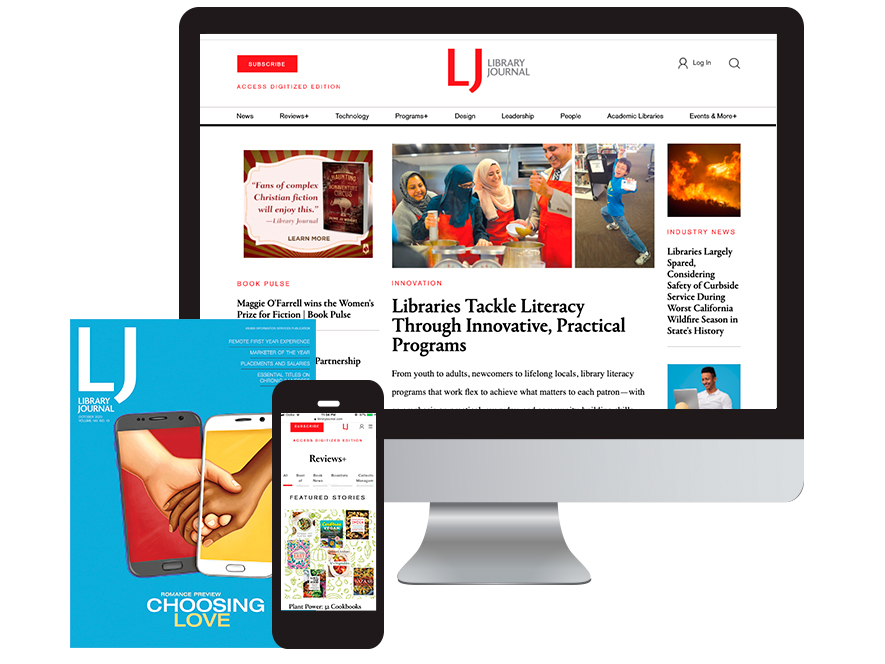Related
A valuable read for all. This title not only calls out the white supremacy that continues to oppress communities of color but it also provides a prescription for real change.
Required reading that expertly covers the ways in which social constructions, sexualization, and economic viability influence people’s views of bodies, their own and others’.
PREMIUM
Mutuality in El Barrio: Stories of the Little Sisters of the Assumption Family Health Service
Highly recommended for collections supporting sociologists, social workers, social justice research, and the study of grassroots and nonprofit organizations.
This title urges readers to care (in life and in death) about the disturbing number of Americans who go unclaimed each year.
PREMIUM
Big Mall: Shopping for Meaning
The best up-to-date study on malls. For general readers, especially those interested in sociology and capitalism-related topics.
A good pick for listeners seeking stories of tragedy and triumph about a specific set of women celebrities who bore the brunt of the sexism for which society has only recently begun to atone. Recommended for fans of pop culture critique, such as Celebrity Nation by Landon Y. Jones.
Bailar’s informative and affecting book couldn’t be timelier. An important resource for parents, friends, allies, teachers, trans and cisgender people, and anyone hoping to deepen their knowledge and understanding.
Perfect for true-crime lovers who want a story about sinister thefts that aims to uncover the psychological motivations behind some sensational crimes.
This highly recommended work about anthropological museums and creating culturally appropriate exhibits challenges preconceptions and encourages readers to think critically about this complex and important issue.
An informative and entertaining account of medieval travel that will be appreciated by readers of both popular history and travel stories. Those more interested in relics should consult Patrick J. Geary’s Furta Sacra.
A significant contribution to the debate on the making of modern sexualities and an essential read for historians and serious students of premodern European history. Both general readers and scholars will undoubtedly come away with new insights from this meticulously researched and argued book.
This book traces the elisions and obfuscations in Ilf and Petrov’s story and the political and humorous motivations they may have had for doing so. Questions of politics, art, commerce, identity, and how Soviet citizens perceived themselves in relation to Americans make for a fascinating story. It’s somewhat academic, but this book is a must for readers interested in Soviet, American, or Jewish history and radical politics.
As a gripping study sprinkled with puns and puzzles, this book encompasses the reasoning behind Shechtman’s own search for meaning while describing the constraints and histories of women who changed the narrative about wordplay. The book also soundly cracks the code for feminists puzzling over how wordplay fits into gender politics.
An eye-opening and exhaustive look at the U.S. Constitution. This book will reward readers’ tenacity and enlighten academics, policymakers, and civic-minded Americans alike.
This debut is everything fans of memoirs could hope for: a beautifully written, searing and honest tribute to family.
A must have for readers interested in the consequences and transformation of mass incarceration, mass supervision, and inhumane policies and practices.
Readers interested in the China-Burma-India Theater of World War II and Asian history will enjoy Alexander’s detailed and beautifully written account.
With gripping prose, this book encourages policymakers to consider the many hazards associated with the unavoidable increases in global temperature that the world faces. This is a call to arms addressing one of the most critical issues of contemporary times.
McMahon’s exemplary ability to explain the changes in party politics, ideologies, and political practices helps readers to visualize the monstrous philosophical gap between the judges and their electorate. This confirms his thesis that judicial independence is creating judicial isolation, to the detriment of the country. The book will appeal to voracious consumers of political thought and current events.
An extraordinary story of one man’s efforts to stop the Nazi regime. Best for those who enjoy history, biography, and tales of espionage.
This reader-friendly work concisely explains vital economic principles. The section on personal finance should be required reading for everyone. The superb electronic supplemental material package can be used to structure any introduction to economics course, and this work nicely supplements the fifth edition of Thomas Sowell’s Basic Economics. Highly recommended for public libraries and all high school and university economics instructors.
A well-crafted narrative with a genuine and heartfelt approach. Nominally a business title, but it will have a broad general appeal for readers looking to rediscover simple yet powerful principles that can lead to a more fulfilling and meaningful life.
This evenhanded, well written account will appeal to readers interested in public safety. The book benefits from interior photos of police stations and training materials.
Parents and child-welfare professionals will benefit from this excellent work that gives an insider’s view of child protective services. Pair with We Were Once a Family by Roxanna Asgarian.
WWAV’s experiences serve as an exemplar of Black women organizing in the South. Highly recommended for readers interested in grassroots activism and community organizing.
PREMIUM
Trash: A Poor White Journey
A poignant glimpse into the lives and obstacles in an impoverished postindustrial county. Includes a call to action to unite and empathize with others.
Harris’s weighty ruminations may serve as either a cautionary tale or a wake-up call for Black women readers, young and older, who are considering higher education. Readers interested in social issues within academia should also peruse the book.
Written with acumen and care, this title will be of value to readers interested in learning more about media portrayals of disordered eating and feminist theory. Those drawn to the work of Roxane Gay, Elise Loehnen, and Susan Bordo will likely enjoy this title too.
A thought-provoking work that embraces Indigenous spirituality and wisdom. Ideal for environmentalists and scholars of Indigenous beliefs.
Scholarly but engrossing, this book captures the lingering uncertainty that has characterized the COVID pandemic, while assessing its global effects and likely future challenges. This vital title has breadth.
An intriguing perspective of 1970s American culture and nostalgia. Of interest primarily to history buffs.
A vital and wide-ranging discussion of gender and sexuality. This thoughtful, galvanizing book is an essential purchase for all nonfiction collections.
A timely look at the state of the pro-choice activist movement. Recommended for readers interested in abortion access and activism.
This audio will appeal to listeners seeking issue-oriented influencer insight, blended with thought-provoking autobiography. Recommended for fans of Stephanie McNeal and Sara Petersen.
An excellent and thorough biography of a character whose true story is not widely known, and a wild ride through the Depression and the U.S. prison system; many will enjoy the journey.
An accessible, absorbing look into an evolving form of queer culture, written by a brilliant sociologist.
Cute and appealing. The wonderful list of suggested reading is a virtual who’s who of tarot (a good guide for parapsychology collection development). A helpful index completes the package.
This well-researched title is an important chronicle of the treatment of Black Americans and their mental health during the Jim Crow era. Beyond promoting systemic change, Hylton compels readers to look within to assess how they treat and view the people around them.
This compact book will delight readers of esoteric divination, witchcraft, and good old-fashioned fortunetelling.
Effectively shows the importance of innovation in modern economies while also making clear that innovation alone does not guarantee good outcomes. Will appeal to those studying or working in public policy or economics.
Will likely be a popular selection as the 2024 election draws near. It will also be of interest to those teaching civics and journalism.
Readers of tarot will be drawn to the fabulous illustrations and intelligent interpretations in this guide. It’s intended for beginners but has something for all levels of tarot sophistication.
An honest look at how an open marriage can work, an excellent read for people interested in self-discovery or ethical non-monogamy. Recommended for readers of Dossie Easton and Janet Hardy’s The Ethical Slut and Eve Rickert and Franklin Veaux’s More Than Two.
Measurably advances the conversation about ways to meet people’s legal needs. This narrative demands the attention of readers interested in making the legal system work for everyone, regardless of their resources.
Numerology is less complicated and more straightforward than most divination systems; readers seeking insight into their or their loved ones’ lives will find Casper’s book a complete and accessible introduction to the art and science of numerology.
Fans of true crime will enjoy this collection of tales from the annals of American justice; they will surely come away eager to learn more about the crimes that have meaningfully shaped the judicial system.
A full portrait of a woman who saved thousands in Nazi-occupied Poland, with broad appeal for readers interested in Holocaust and eastern European history and survivor’s stories.
This scholarly examination of Xi’s leader-driven ideological revolution will appeal to readers interested in current-day China, especially Chinese political philosophy.
A beautifully rendered, sensitively told story about a veteran who returns home to a nation where many things are changing or already altered forever. A good choice for public libraries.
This treatise on Renaissance beauty highlights similarities to contemporary beauty standards. There’s appeal for casual readers, but the real value is for academics.
Highly recommended for readers interested in learning more about Chinese cuisine and its history. This riveting work will enthrall foodies.
This timely, well-researched, well-reported volume explores what happens when a union becomes undemocratic. Good for libraries with strong economic or labor collections. Will appeal to readers interested in union politics, Disney history, or nonfiction books that take a deep dive into their subjects.
Concise essays that clearly convey that the fight for racial justice must continue in the face of backlash. A must-purchase for all collections.
A fascinating, commended academic exploration of the ways in which products and experiences are marketed to consumers.
This narrative will make a good addition to both public and academic libraries, especially institutions with journalism programs.
A timely title that humanizes immigration and offers readers a deep understanding of the processes involved in seeking asylum and fighting deportation. It also clearly and expertly shows how specific enforced laws contribute to institutional racism.
Spanning from the colonial period through to the early national and antebellum eras, Taylor’s extensively researched book not only powerfully depicts the trauma endured by enslaved women, it also details how federal and state governments and judicial systems propped up the institution of slavery and allowed or enacted its overwhelming violence.
Recommended for anyone interested in the experiences of Korean Americans. For a more detailed exploration of the topic, consider Koreatown, Los Angeles: Immigration, Race, and the “American Dream” by Shelley Sang-Hee Lee.
A powerful celebration and examination of LGBTQIA+ nightlife. This book will serve as a significant record of evolving cultural touchstones and queer communities across the country.
A significant addition to cultural histories of self-expression. Hankir disrupts many deeply held assumptions about beauty, gender, and power.
A nostalgic analysis full of intriguing details. Sure to delight people who grew up with American Girl dolls, but it may be too niche for some readers.
This publication should be considered a useful and supplemental guide to the Census Bureau’s website, since it expands on the information found within it.
This book has the ability to tear holes into preexisting ideas readers may have about Egyptian women in the workforce. It also invites them to learn how some women shape their own professional identities. As intensely accessible and personable as Barbara Ehrenreich’s Nickeled and Dimed.
A sweeping, smart manifesto that’s crucial for white feminists to read in order to acknowledge, mitigate, and correct microaggressions and challenge oppressive systems.
PREMIUM
The Struggle for the People’s King: How Politics Transforms the Memory of the Civil Rights Movement
This work demands the attention of scholars and students of social mobilization and the construction, operation, and corruption of collective memory. Its message of how contentious U.S. politics warp democracy, however, deserves a general reading.
Reflective yet urgent, reverberating with feeling. Dixon beautifully articulates how loneliness is paradoxically a narrative that people experience together, even as they experience it in spaces of isolation, vulnerability, and loss.
While some readers might be drawn to this book by Peele’s star power, this is a well-crafted anthology that’s perfect for introducing readers to emerging and established Black authors.
This title highlights the growing need for more qualitative research covering these exact types of experiences across all marginalized groups within the workforce. Both public and academic libraries will want to consider adding it to their collections.
Ideal for internet-culture aficionados as well as listeners interested in insider peeks at dot-com businesses of the recent past.
An empathetic, beautifully narrated audio that details a heartbreaking tragedy complicated by social media and a politicized law-enforcement system.
This audio will appeal to listeners seeking accessible, engaging nonfiction about a topic that shapes society’s infrastructure and architecture much more than one may think. Recommended for fans of persuasive political writing presented as narrative nonfiction.
This book arms readers with a sense of vital energy, often lost due to burnout, compassion fatigue, and microaggressions. Audiences curious about navigating the intersection between feminism and daily life, intellectualism, poetry, and activism will love this title.
A titillating, insightful essay collection. This standout title will attract both fans of literary nonfiction and readers interested in performance or sexuality studies. Those looking for other bold, witty essays may also enjoy Quietly Hostile by Samantha Irby.
One of the most thoroughly researched portraits to date of poverty in often forgotten and neglected areas of the United States. Purchase for behavioral and social science collections.
A timely and thought-provoking collection of feminist essays, which shows how far society has come and how much work is left to do to obtain true gender equality.
Especially well-suited for women seeking validation regarding the daily labors of love, or those seeking another source of political writing about the division of labor following Eve Rodsky’s Fair Play. Ideal for libraries that house Benjamin’s first two installments, as well as those where titles regarding women’s rights and injustices are needed.
An essential read for anyone interested in any aspect of antiracism or diversity, equity, and inclusion, or who generally wants to understand the current climate for Jewish people.
Will likely appeal to general readers. It belongs in all social and behavioral sciences collections.
An intimate, moving narrative peppered with harsh statistics, love, angst, and the author’s own admirable vulnerability.
articles
ALREADY A SUBSCRIBER? LOG IN
We are currently offering this content for free. Sign up now to activate your personal profile, where you can save articles for future viewing
